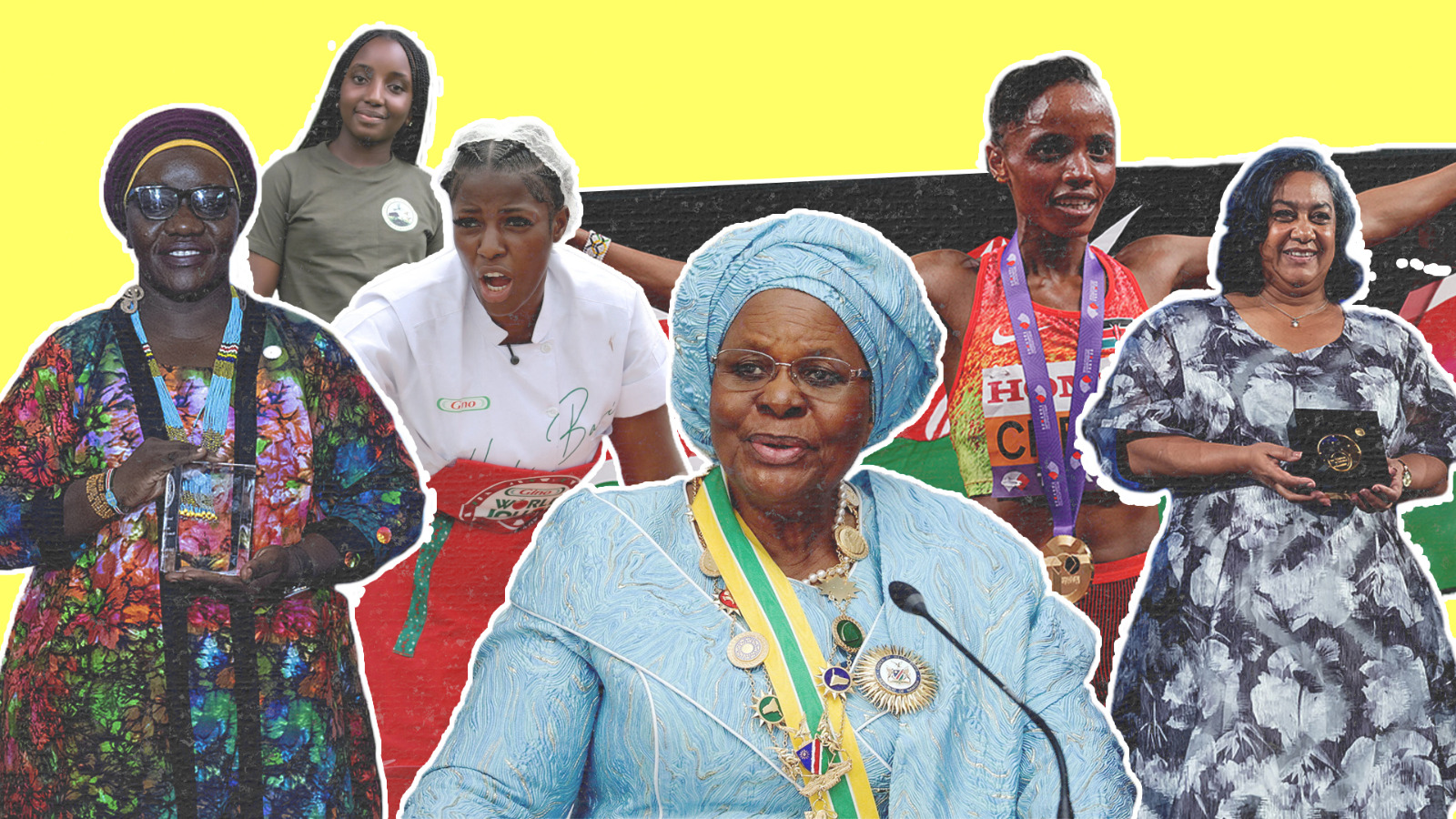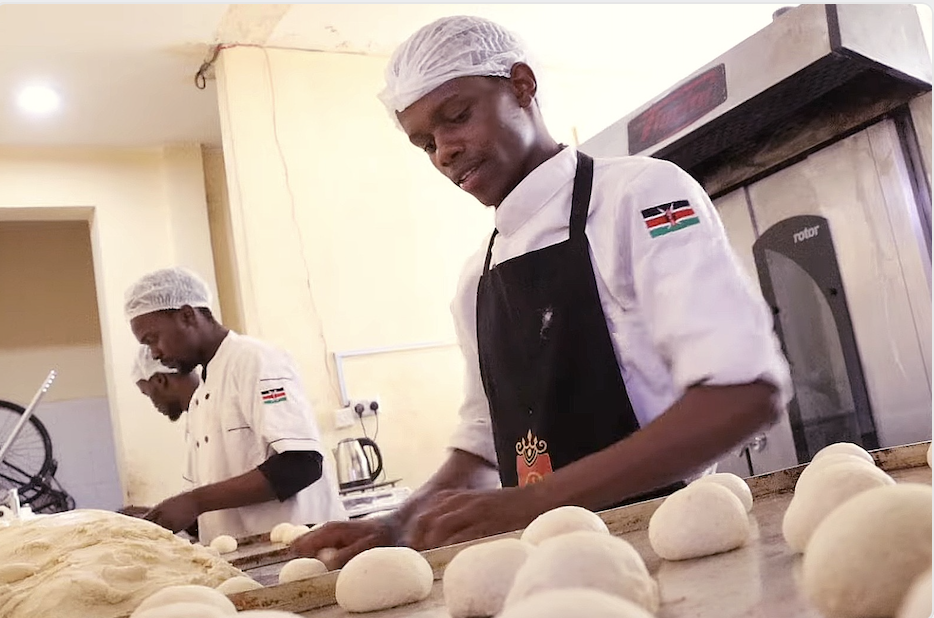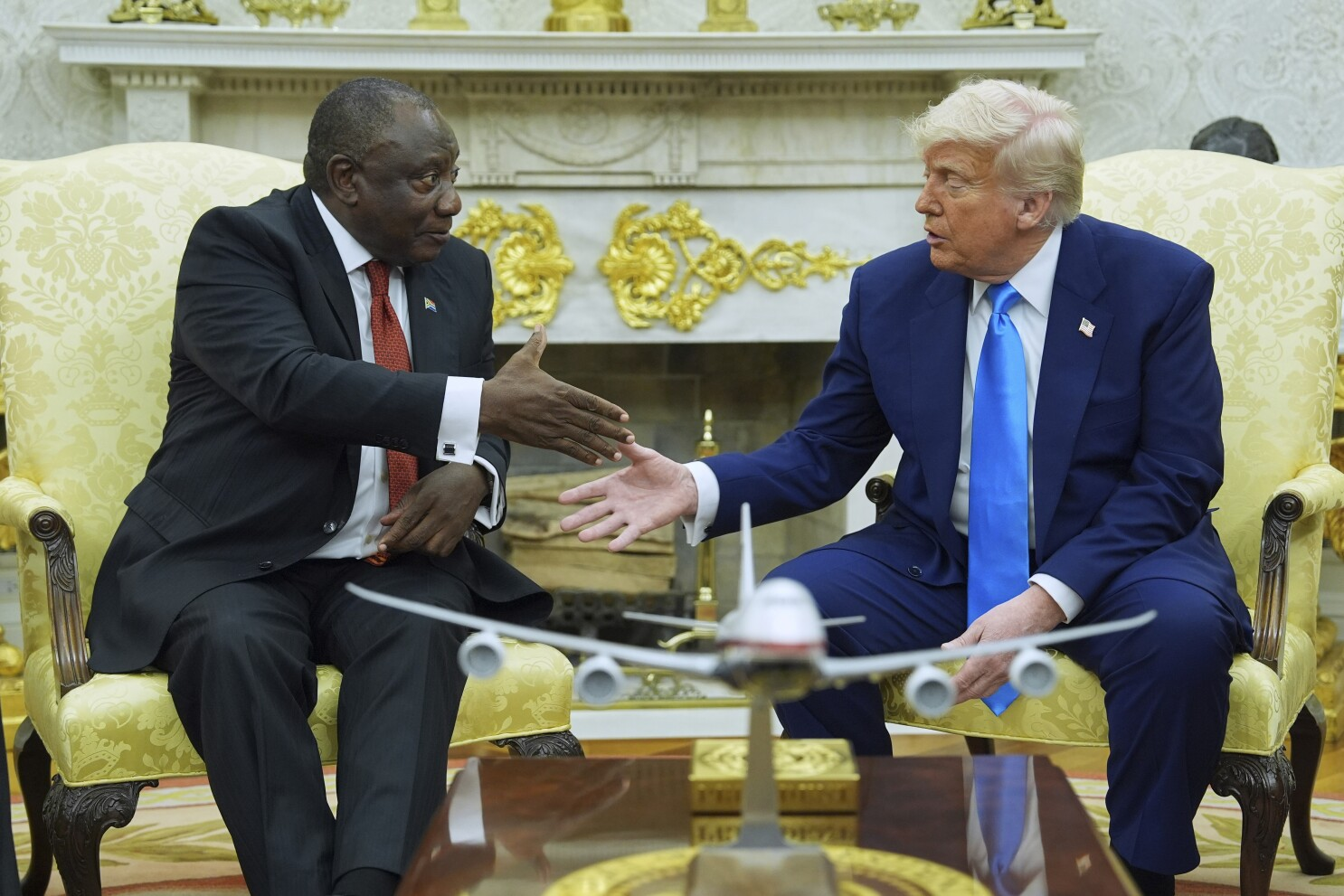Who is this man Hissène Habré?

It is the first time in the history of the African continent that a dictator has gone on trial in another country for crimes against humanity committed during his reign.
Hissène Habré, the once brutal dictator of the central African country of Chad is now facing justice after a 25 year campaign to have him answer for crimes he allegedly committed against civilians.
He was in power from 1982-1990.He is accused of overseeing the murder of up to 40,000 people, and torturing around 200,000.
Habre who was once know as Once dubbed “Africa’s Pinochet,”has been in custody in Dakar since his arrest in June 2013 at the home he shared in an affluent suburb of the capital with his wife and children.
Dressed in white robes and a turban, Habre pumped a fist in the air and cried “God is greatest” as he was escorted by prison guards into the Extraordinary African Chambers in the Senegalese capital.
He refused legal representation, having consistently insisted he did not recognise the court’s jurisdiction and vowing not to cooperate with the trial.
“These chambers that I call an ‘extraordinary administrative committee’ are illegitimate and illegal. Those who preside here are not judges but simple functionaries,” Habre said in a statement read out by the chief judge.
The 72, Habré has denied any knowledge of murders or torture, the majority of which were said to be carried out by the dreaded government-operated Documentation and Security Directorate (DSD) – the nation’s secret police.
Who is Hissène Habré?
HISSèNE Habré was born in 1942 in Northern Chad. Growing up, he excelled in school where he caught the attention of a commander in the French Military, which led to him gaining a grant to study political science at a University in France.

Working as a local officer for the government, Habré was sent to meet rebels to persuade them to enter a ceasefire agreement, but ended up joining their ranks.
It was just a short time later in 1974 when he rose to notoriety, kidnapping three Europeans and taking them hostage, demanding a ransom payment of 10 million francs.
Eight years later, Habré seized power from Goukouni Oueddei, a former rebel comrade of Habré’s. Over the next decade the dictator became notorious for his iron fist, using ethnic divides and authoritarian rule to keep the country in his grasp.
One of the most notorious sites linked to Habré and the DCD was a disused underground swimming complex known as the Piscine. Hundreds of victims have come forward to give testimony to the torture which took place at the base, including gas in the eyes, electric shocks and cigarette burns.
Some of the more graphic reports of the methods of torture compiled by Amnesty International include putting an exhaust pipe in a victim’s mouth while the vehicle was running, leaving them in a room with decomposing bodies, and, in extreme cases, leaving them in a room to starve to death.
HABRé’S rise to power was far from an organic, self-funded occurrence. Backed by the CIA, due to Chad’s ongoing war with Colonel Gaddafi’s Libya, the United States was quick to offer support to the hard-line general.
A year after he came to power, Habré managed to drive Libyan forces out of the Aozou strip, a disputed area of land between the two nations, with significant US and French, backing.
Over the next seven years the US were critical to Habré’s regime, providing weaponry and vehicles to support the dictator’s continuing efforts to destabilise Gaddafi in Libya.






